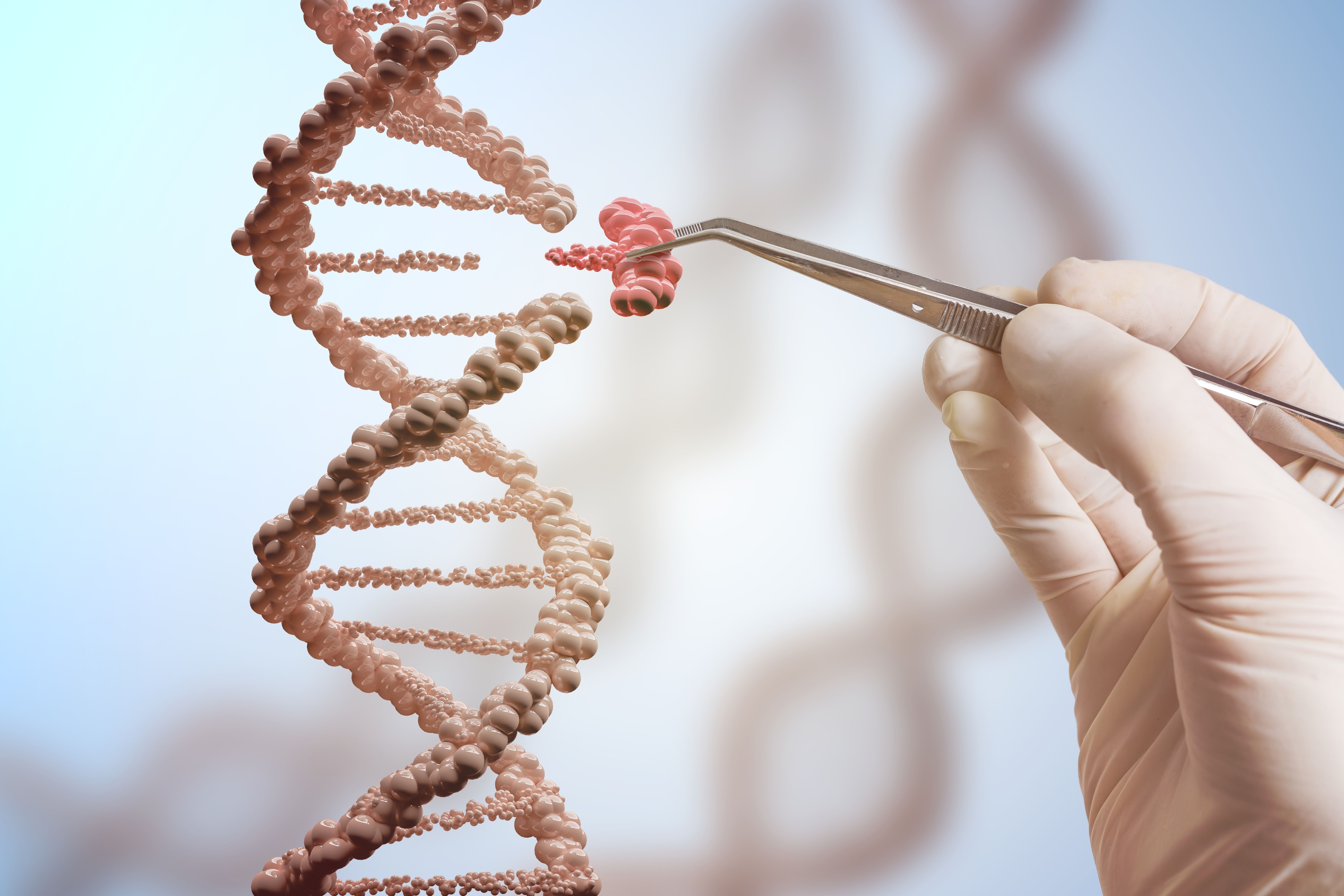
- Center on Health Equity & Access
- Clinical
- Health Care Cost
- Health Care Delivery
- Insurance
- Policy
- Technology
- Value-Based Care
New Evidence Highlights Stability of Lentiviral Gene Therapies
Researchers study long-term safety of lentiviral gene therapy in primates, finding no evidence of somatic mutations or malignancy.
A new study published in the British Journal of Haematology aims to address concerns about the potential risks of gene therapy, including clonal expansions and myeloid malignancies reported in some human patients.1 Researchers tracked the clonal dynamics of hematopoietic stem and progenitor cells (HSPC) for more than a decade following transplantation, revealing no evidence of somatic mutations or malignancy.
"We documented long-term stable and multi-lineage output from a highly polyclonal pool of HSPCs," the authors reported.
The study utilized a unique barcoding technique to track individual HSPC clones and their progeny across multiple blood lineages over time. A total of 5 healthy, young-adult rhesus macaques (RM) underwent total body irradiation followed by transplantation with barcoded lentivirally (LV) transduced CD34+ cells. The barcodes enabled precise tracking of clonal contributions to multiple blood lineages, including granulocytes, T cells, B cells, and monocytes, over a follow-up period ranging from 76 to 131 months, equivalent to approximately 25 to 30 years in human terms.2
Lentiviral gene therapy stable in patients receiving the treatment | Image credit: vchalup - stock.adobe.com

Early hematopoiesis was characterized by contributions from short-lived, lineage-restricted clones.1 However, by 6 to 12 months post transplantation, stable, long-lived multipotent clones dominated hematopoietic output. This stability persisted for the entirety of the follow-up period. This is consistent with several clonal studies from human LV gene therapy trials with a follow-up of 4 to 5 years.3,4
The Shannon diversity index, used to measure clone number and size distribution, showed stable diversity in granulocytes, monocytes, and B cells after the first year.1 T cells exhibited greater variability, which the authors note is likely due to peripheral immune responses and thymic regeneration following total body irradiation.5
Importantly, no signs of hematological dysfunction or neoplasia were observed in any of the animals, further affirming the safety profile of LV-based gene therapies.1 Even with the inclusion of a strong viral promoter in the vector, which could theoretically increase the risk of insertional mutagenesis, the study found no physiologically or clinically relevant clonal expansions.
“There was no evidence for accelerated acquisition of acquired somatic mutations following autologous LV transduced HSPC transplantation,” the authors reported, addressing key safety concerns. Only 1 small somatic mutation, a TET2 mutation with a variant allele frequency of 0.19%, was detected in a single animal after 121 months. The researchers suggest this likely arose naturally due to aging rather than as a consequence of the transplantation process.
The authors emphasized the relevance of their findings, stating, "Our results provide relevant insights into long-term HSPC behaviors in vivo following transplantation and gene therapies." This information is particularly valuable as the medical community grapples with questions about the long-term safety and efficacy of gene therapy approaches.
Autologous HSPC transplantation, combined with gene therapy, has emerged as a promising treatment for genetic blood disorders such as sickle cell disease, thalassemia, and adrenoleukodystrophy. However, there are concerns about the long-term safety of integrating LVs, particularly regarding insertional mutagenesis and clonal hematopoiesis. This study addresses these concerns by employing a RM model, which closely mirrors human hematopoietic dynamics due to evolutionary and physiological similarities.2
Despite its strengths, the study is limited by its small sample size and controlled experimental conditions, which may not fully capture the variability seen in human patients. In addition, interventions such as vaccination or immune depletion were present in 3 animals, which could have had an impact on HSPC dynamics.1
This research represents a significant step forward in understanding the long-term implications of gene therapy. As more patients receive these treatments, the insights gained from this study will undoubtedly play a role in shaping clinical practices in the years to come.
References
- Hosuru RV, Yang J, Zhou Y, et al. Long-term tracking of haematopoietic clonal dynamics and mutations in non-human primates undergoing transplantation of lentivirally barcoded haematopoietic stem and progenitor cells. Br J Haematol. Published online November 10, 2024. doi:10.1111/bjh.19889. PMID: 39523608
- Chiou KL, Montague MJ, Goldman EA, et al. Rhesus macaques as a tractable physiological model of human ageing. Philos Trans R Soc Lond B Biol Sci. 2020;375(1811):20190612. doi:10.1098/rstb.2019.0612
- Scala S, Basso-Ricci L, Dionisio F, et al. Dynamics of genetically engineered hematopoietic stem and progenitor cells after autologous transplantation in humans. Nat Med. 2018;24(11):1683-1690. doi:10.1038/s41591-018-0195-3
- Biasco L, Pellin D, Scala S, et al. In vivo tracking of human hematopoiesis reveals patterns of clonal dynamics during early and steady-state reconstitution phases. Cell Stem Cell. 2016;19(1):107-119. doi:10.1016/j.stem.2016.04.016
- Seggewiss R, Loré K, Guenaga FJ, et al. Keratinocyte growth factor augments immune reconstitution after autologous hematopoietic progenitor cell transplantation in rhesus macaques. Blood. 2007;110(1):441-449. doi:10.1182/blood-2006-12-065623
Switching to Gene Therapy After Nusinersen or Risdiplam May Benefit Patients With SMA
August 15th 2025Children with spinal muscular atrophy (SMA) showed motor function improvements after switching to onasemnogene abeparvovec following prior treatment with nusinersen or risdiplam in a real-world study.
Read More
Switching to Gene Therapy After Nusinersen or Risdiplam May Benefit Patients With SMA
August 15th 2025Children with spinal muscular atrophy (SMA) showed motor function improvements after switching to onasemnogene abeparvovec following prior treatment with nusinersen or risdiplam in a real-world study.
Read More
2 Commerce Drive
Cranbury, NJ 08512
AJMC®
All rights reserved.